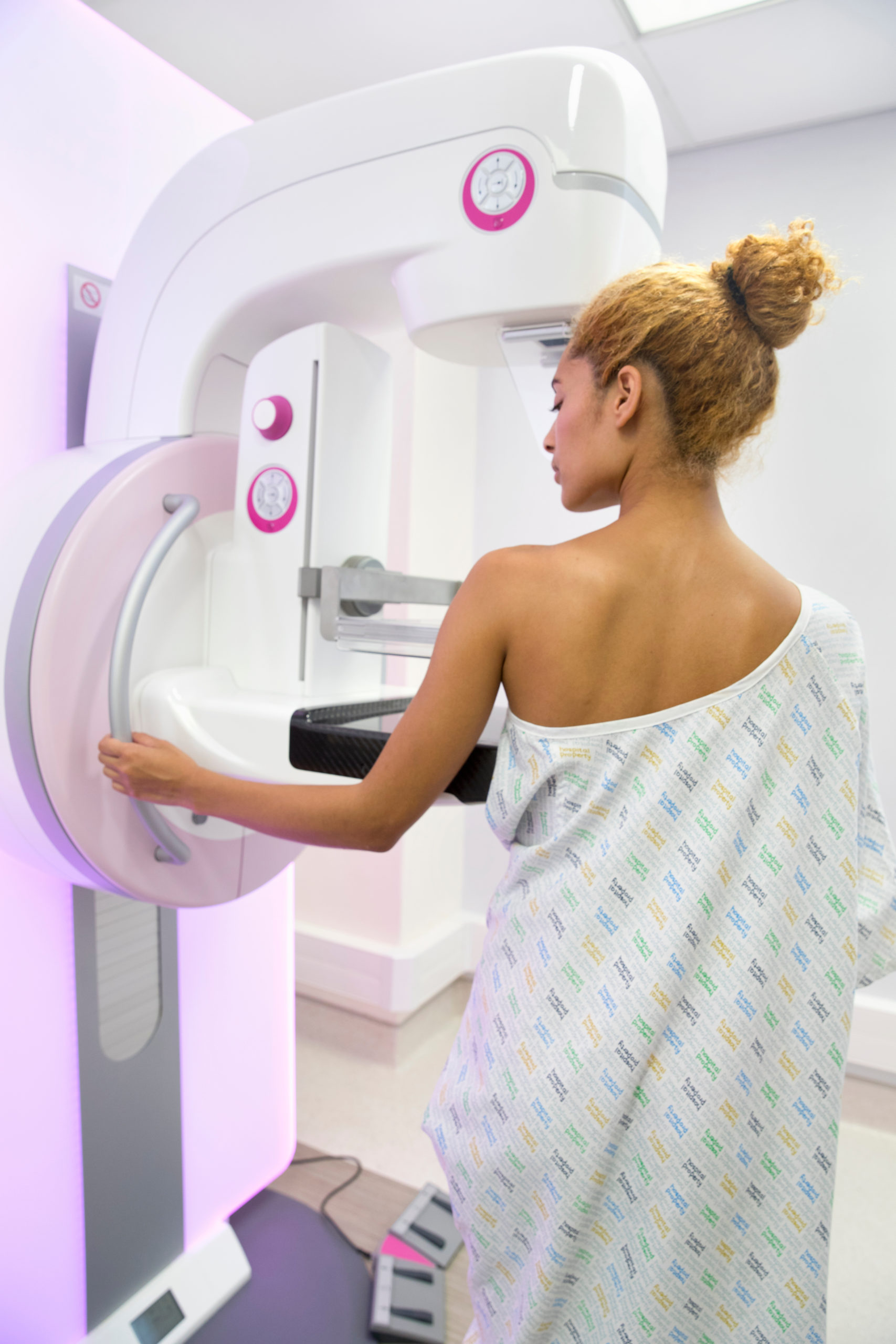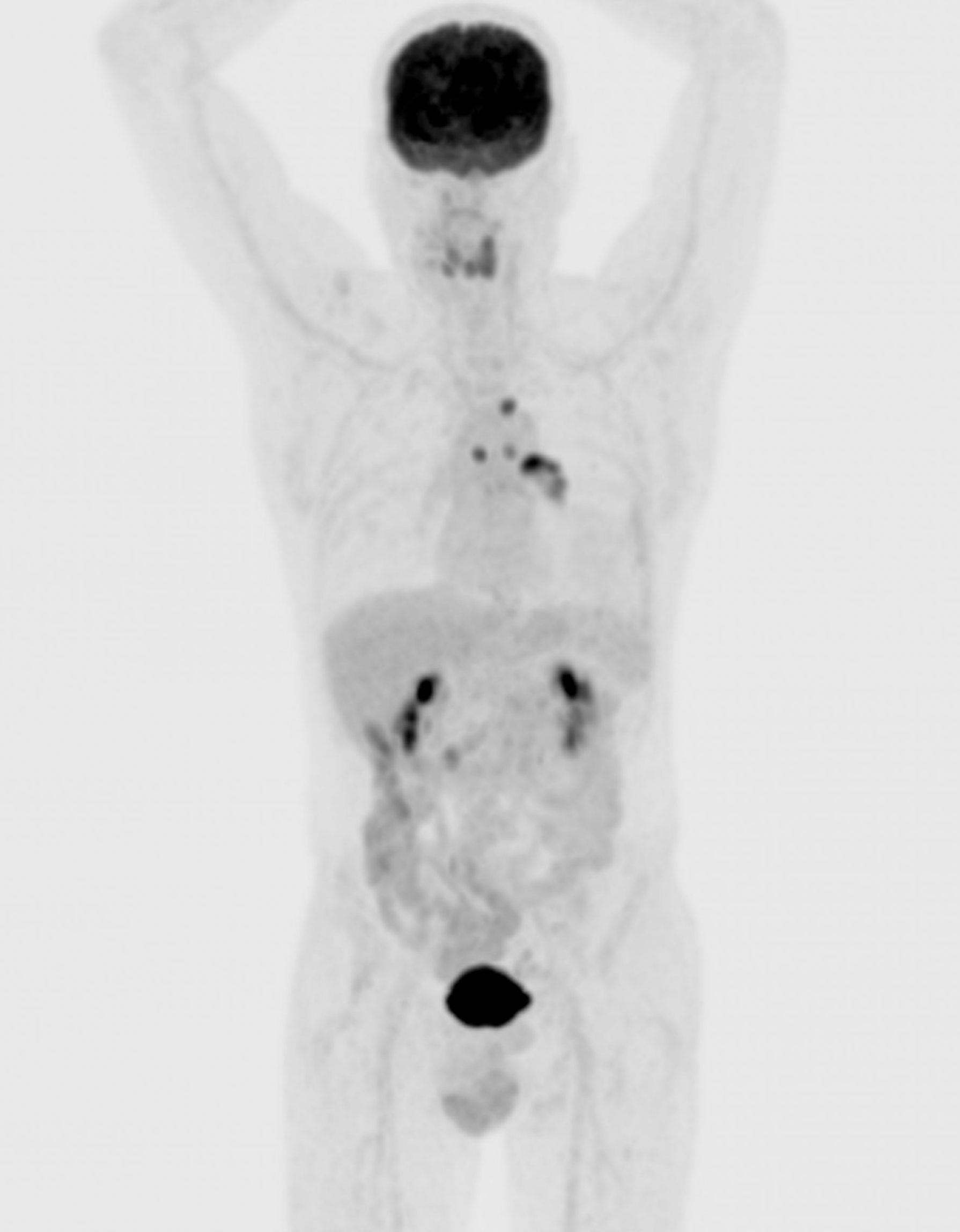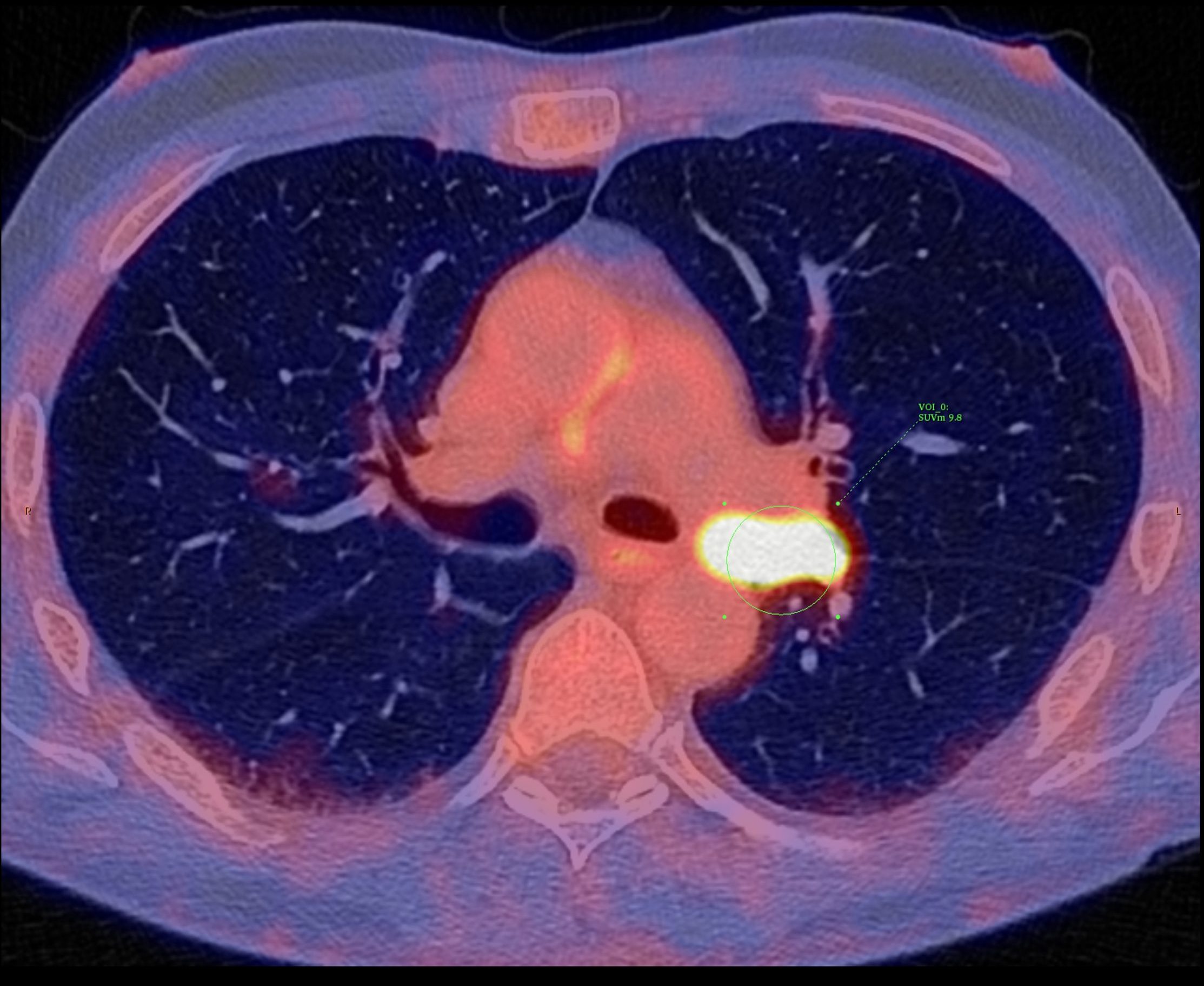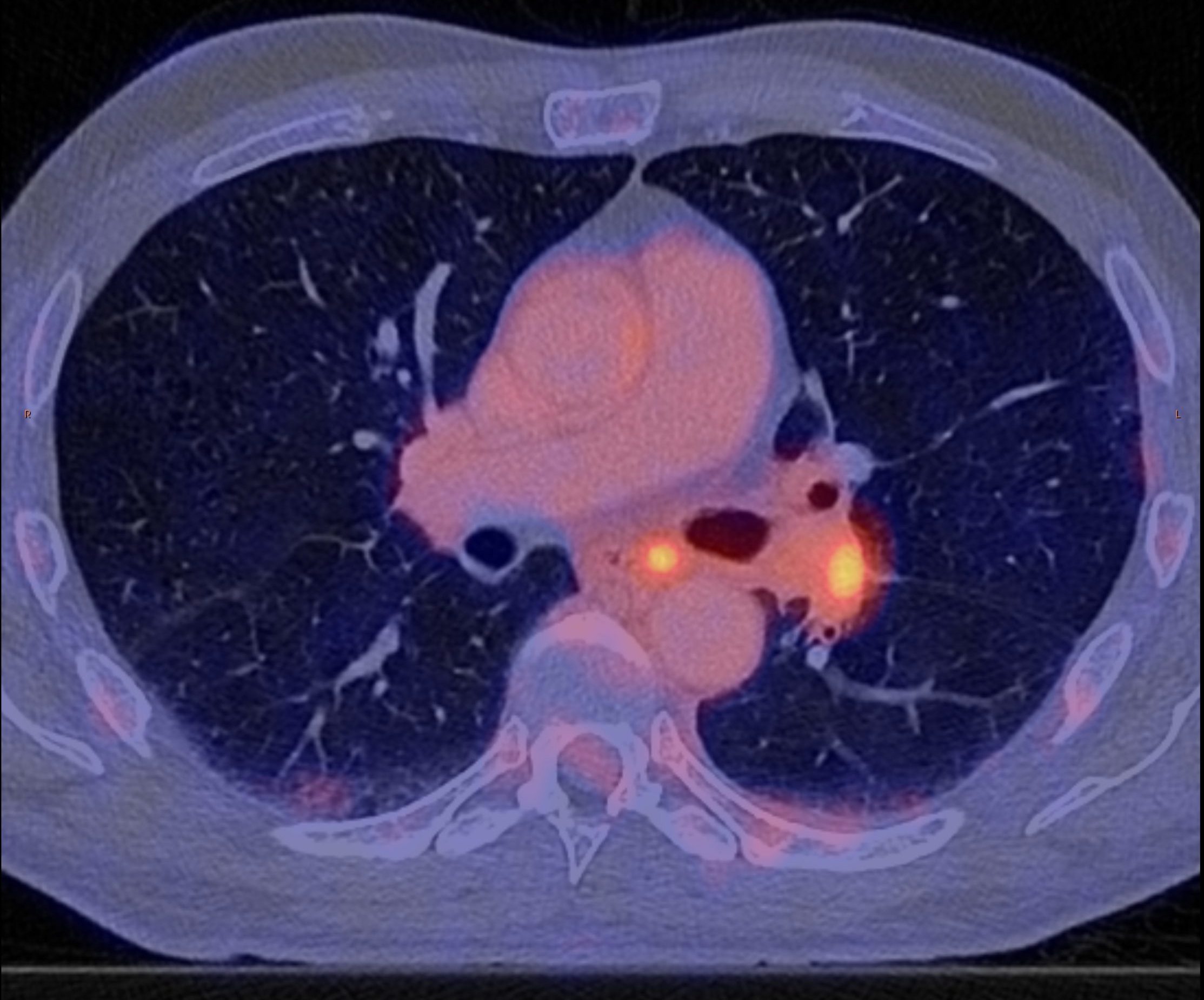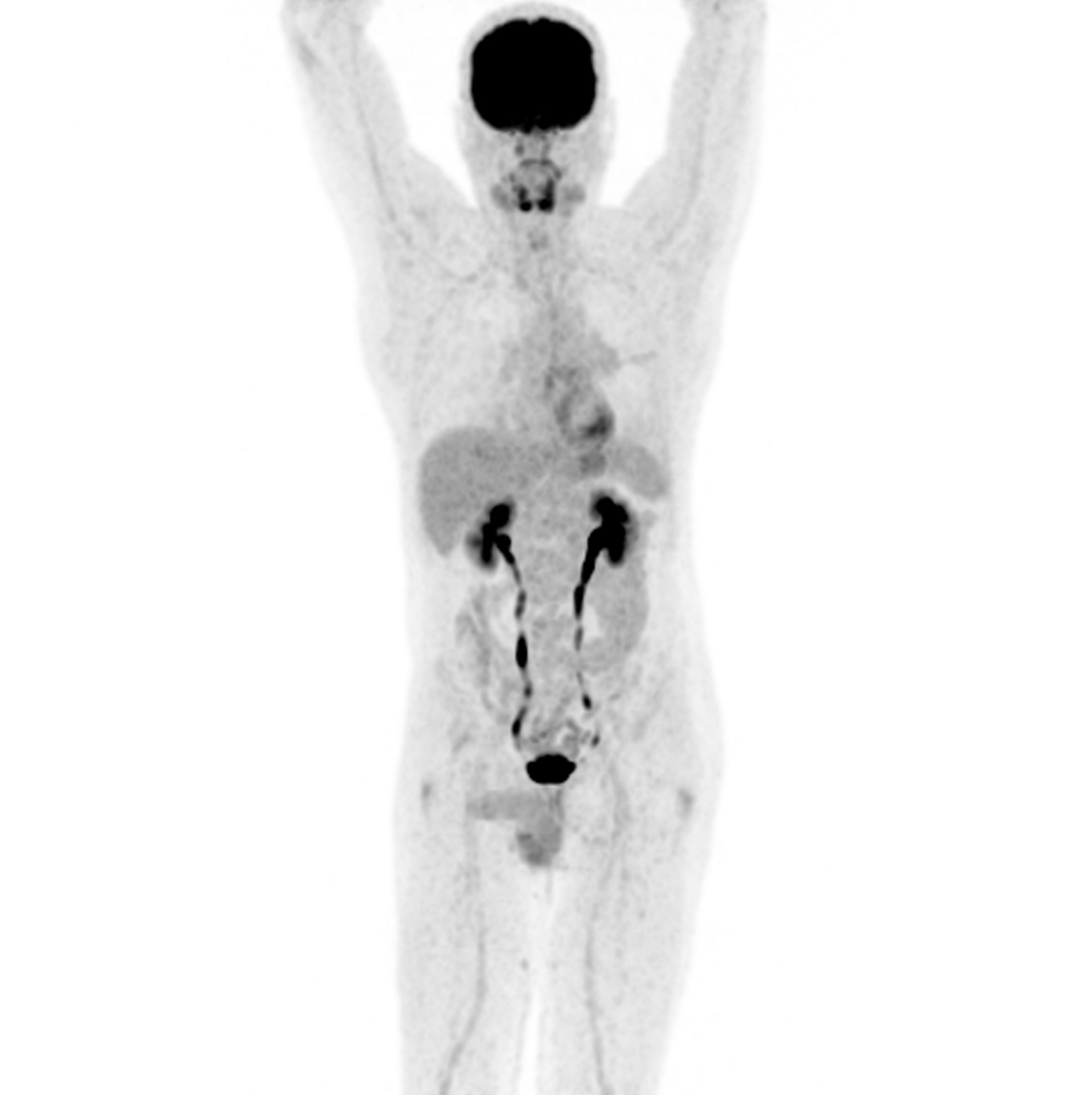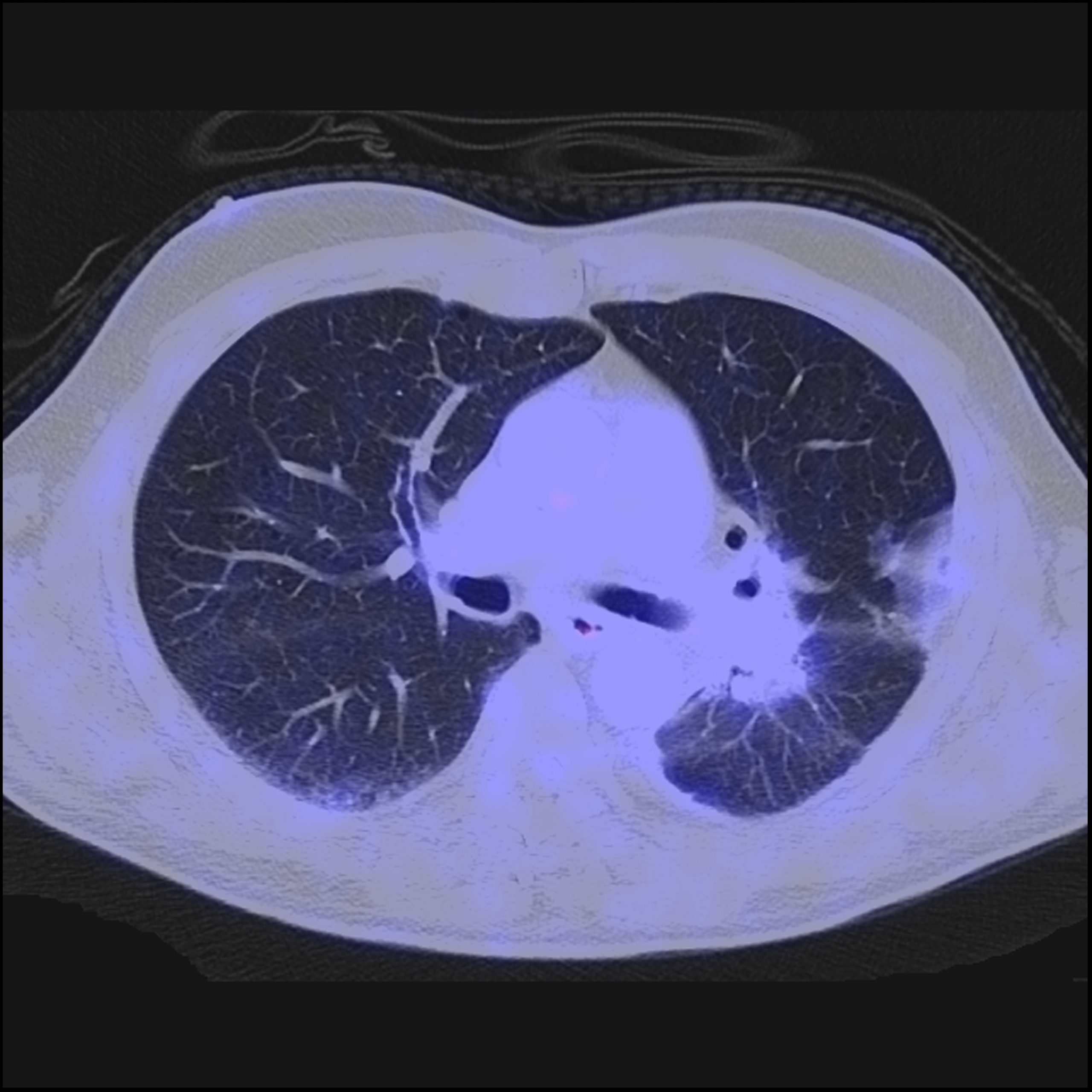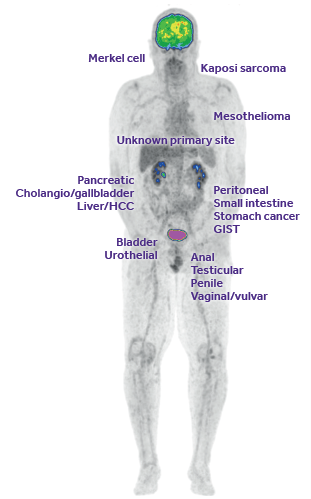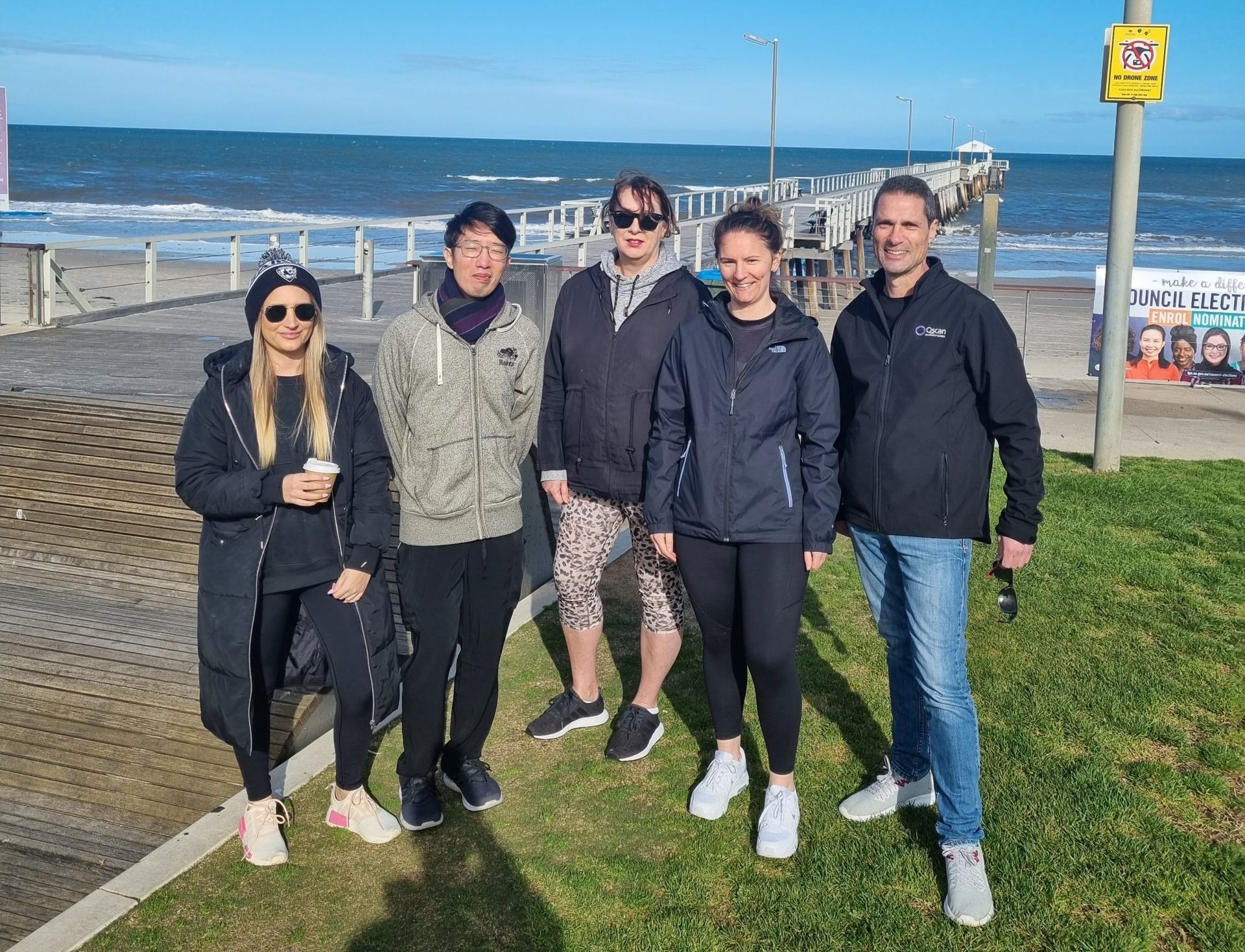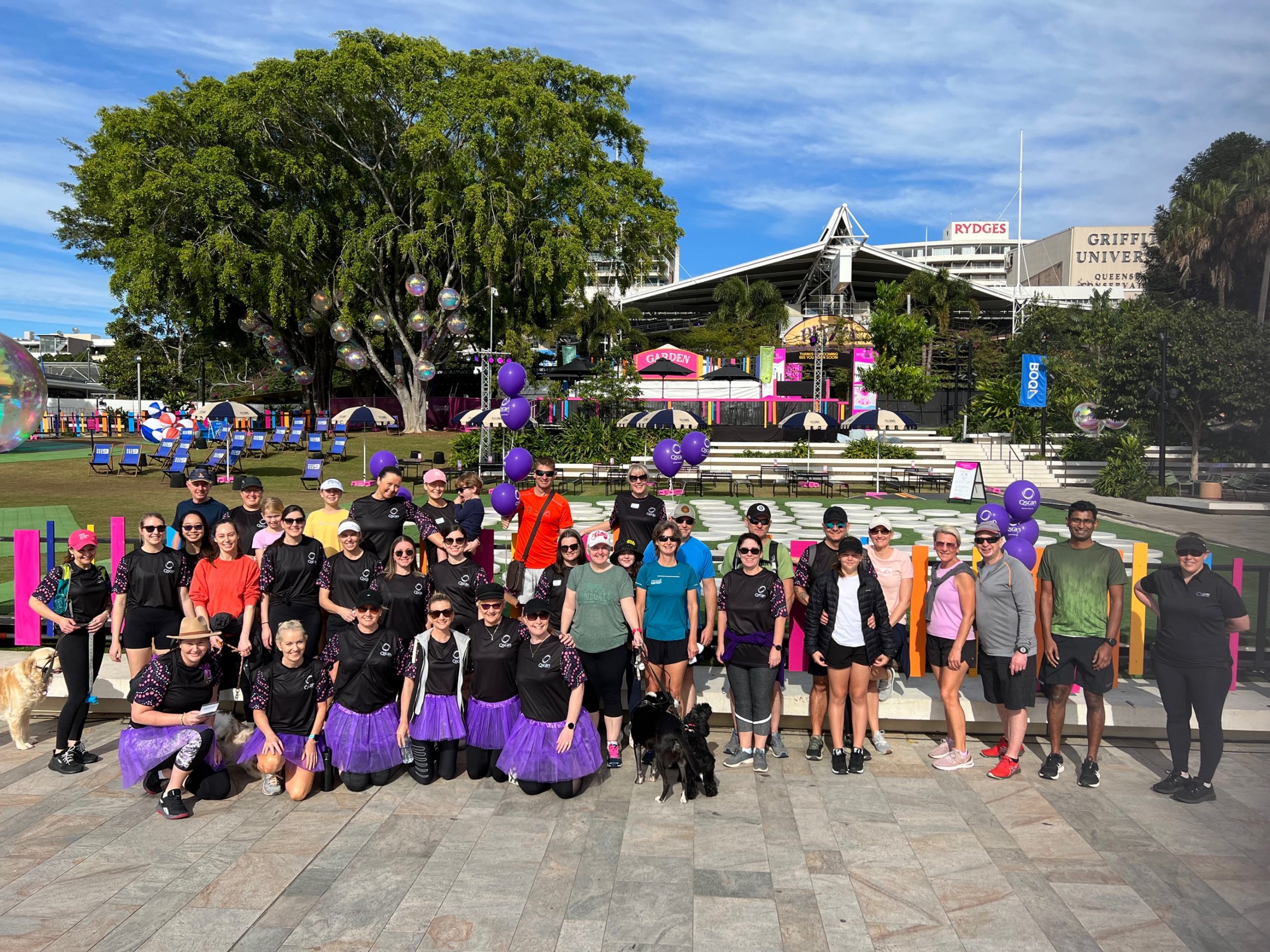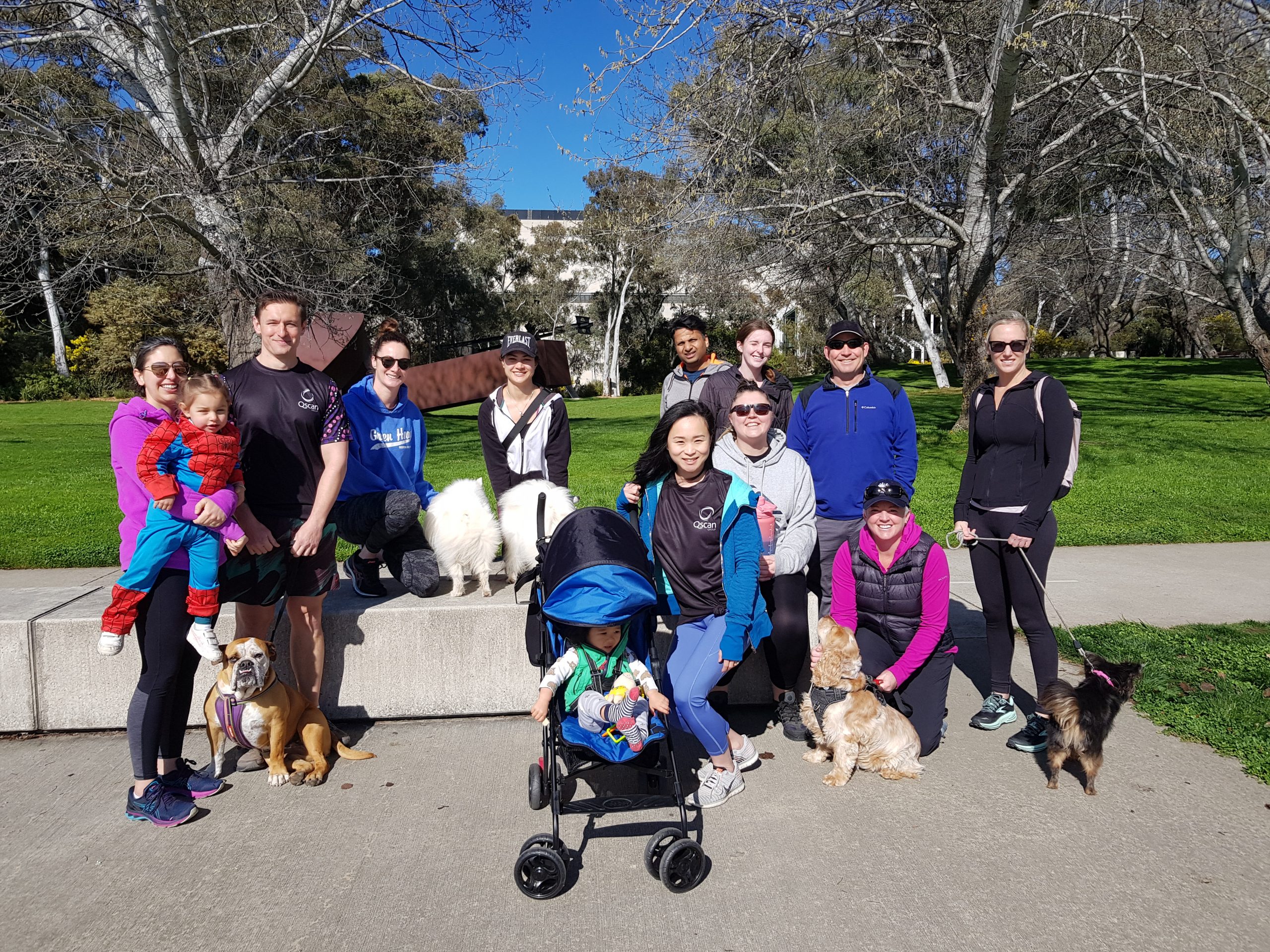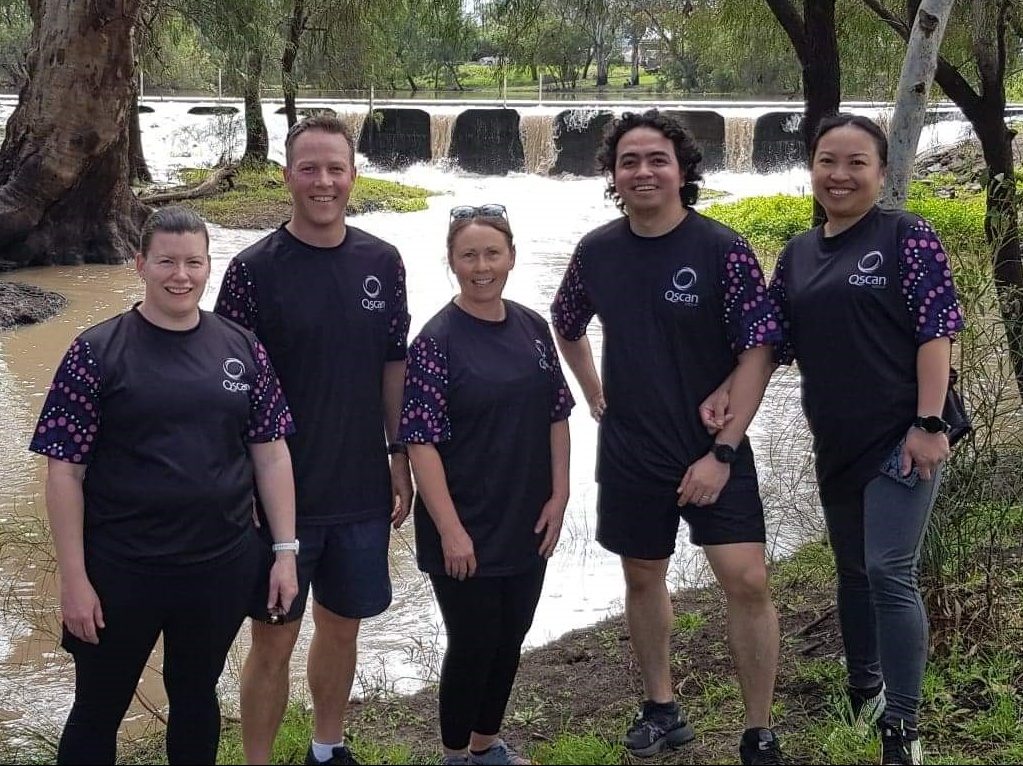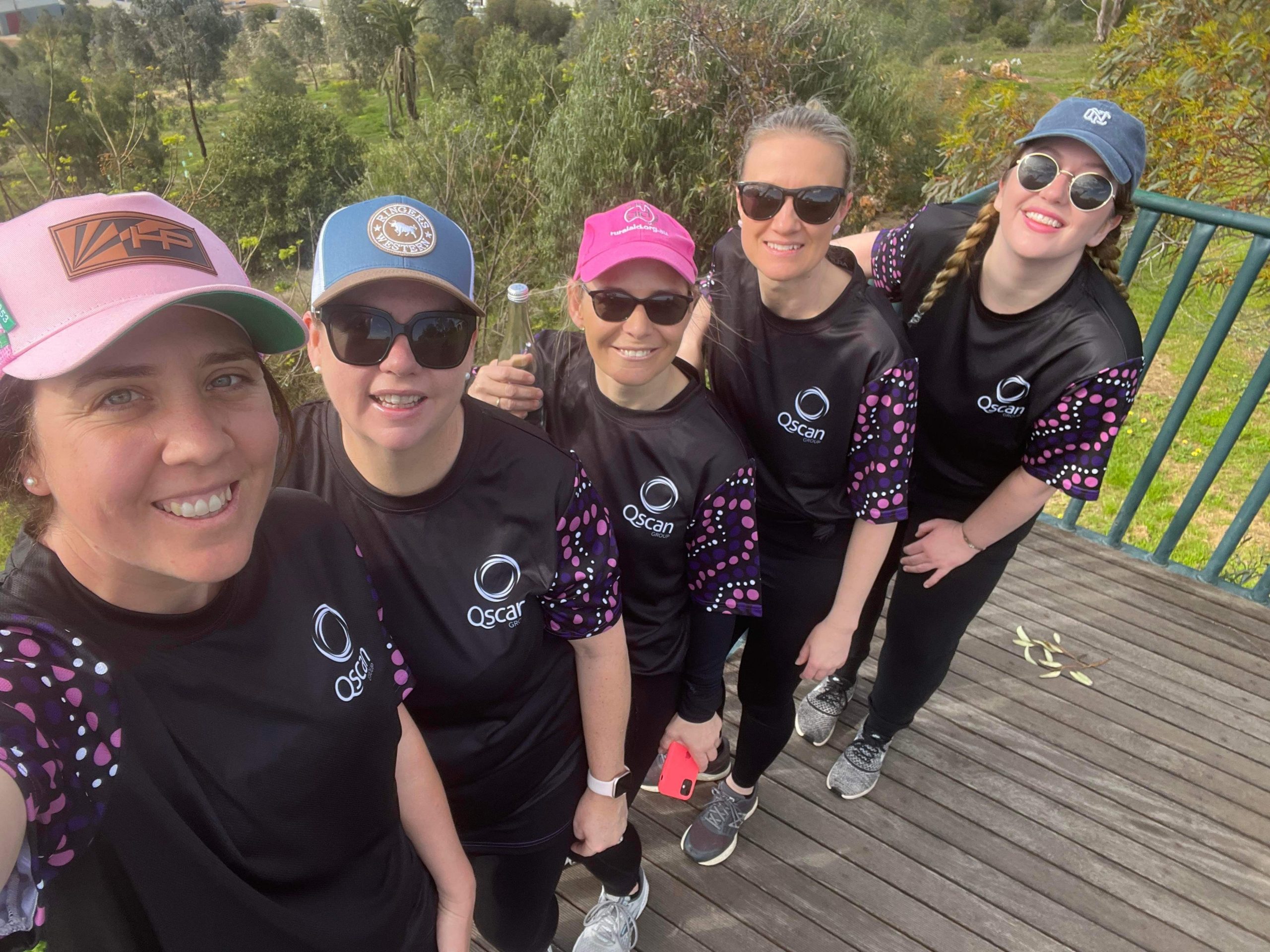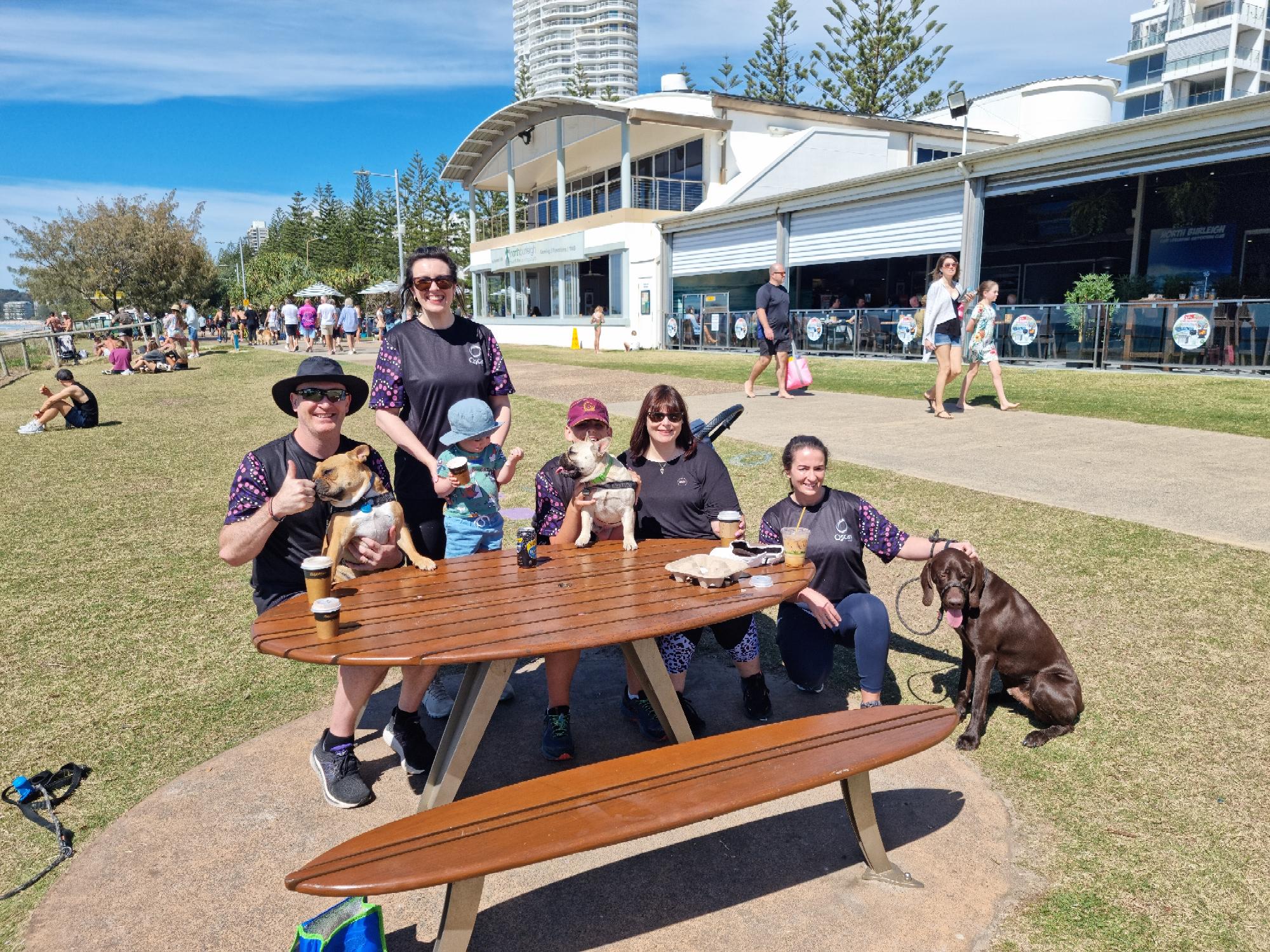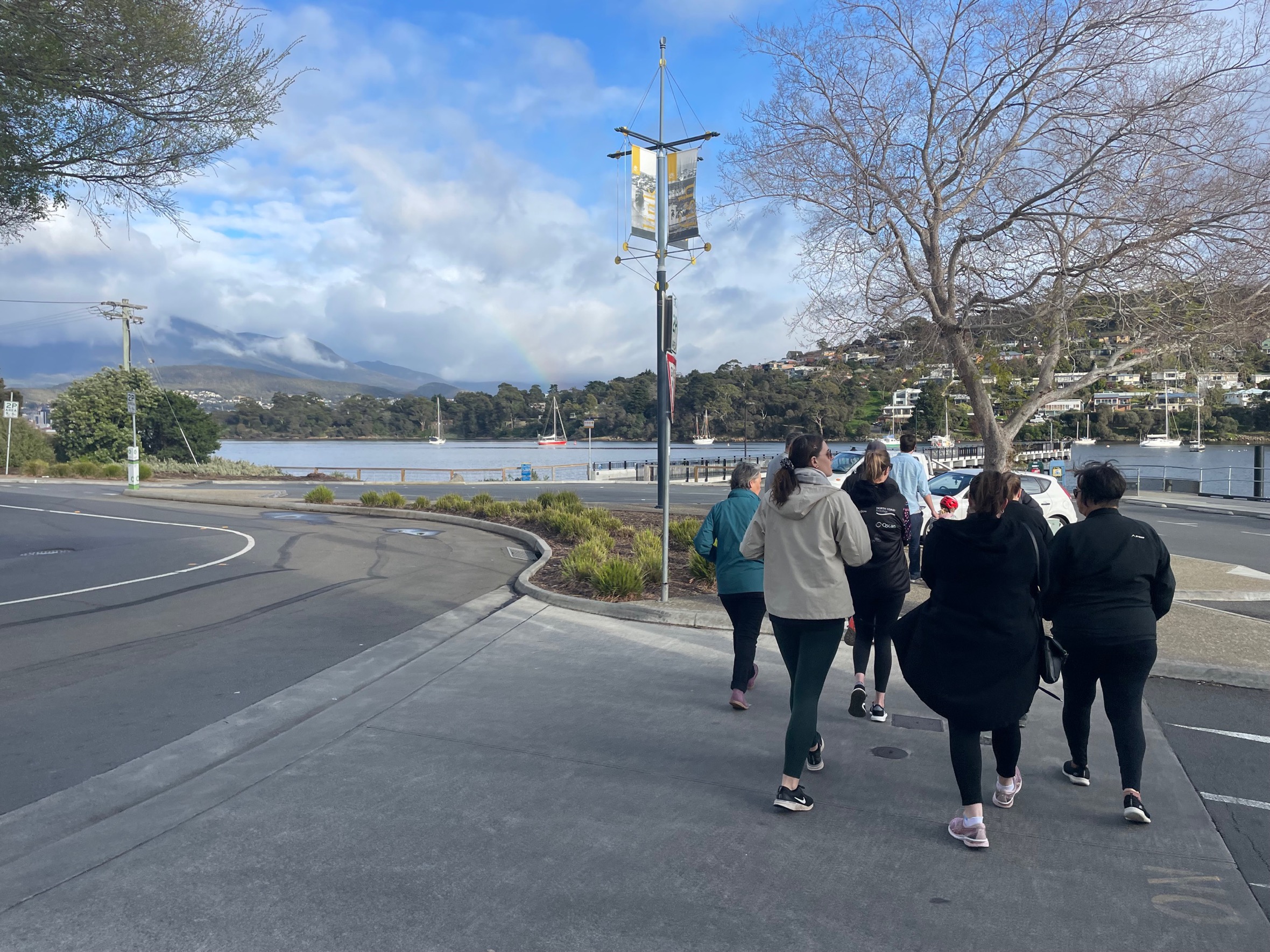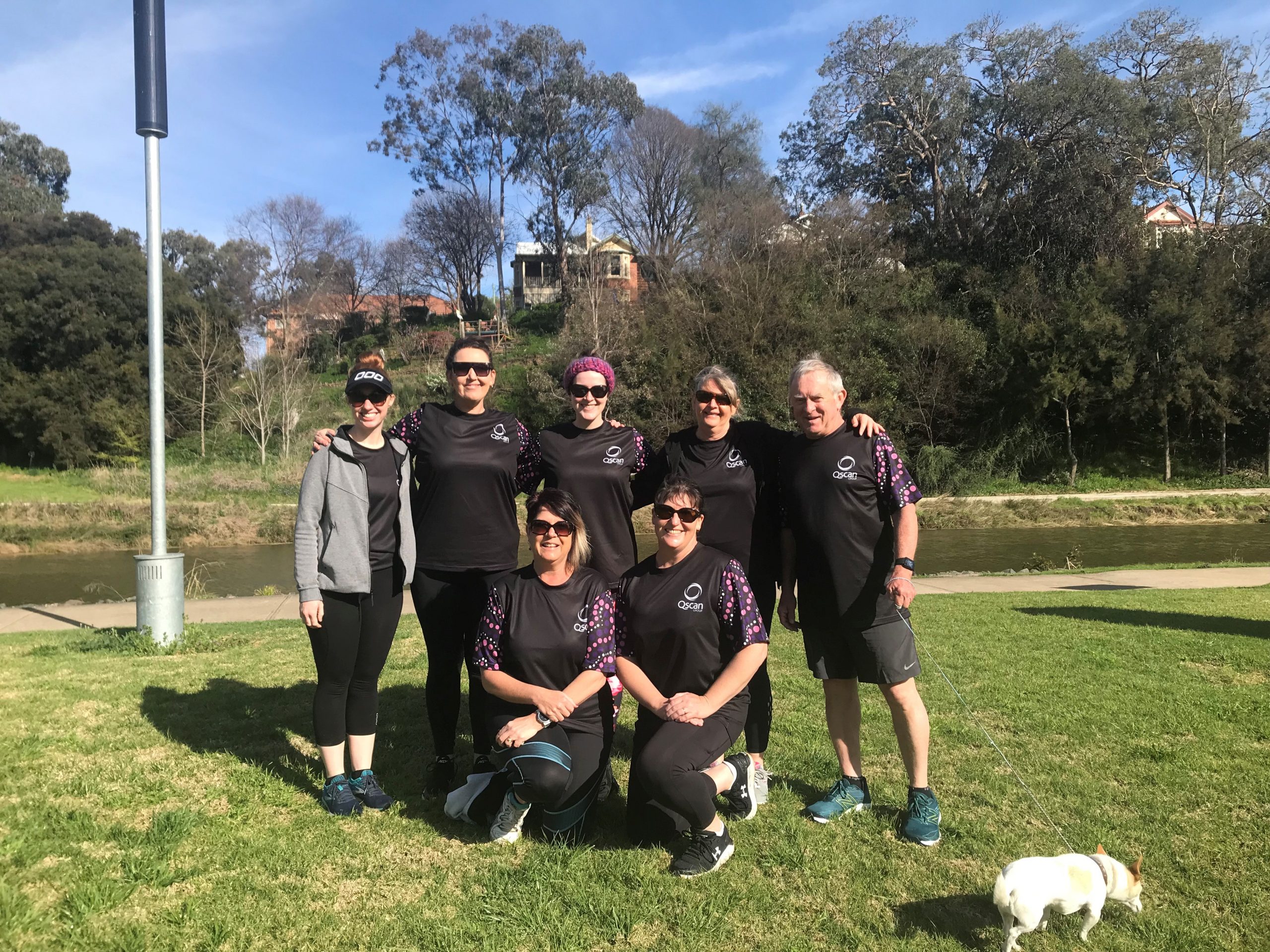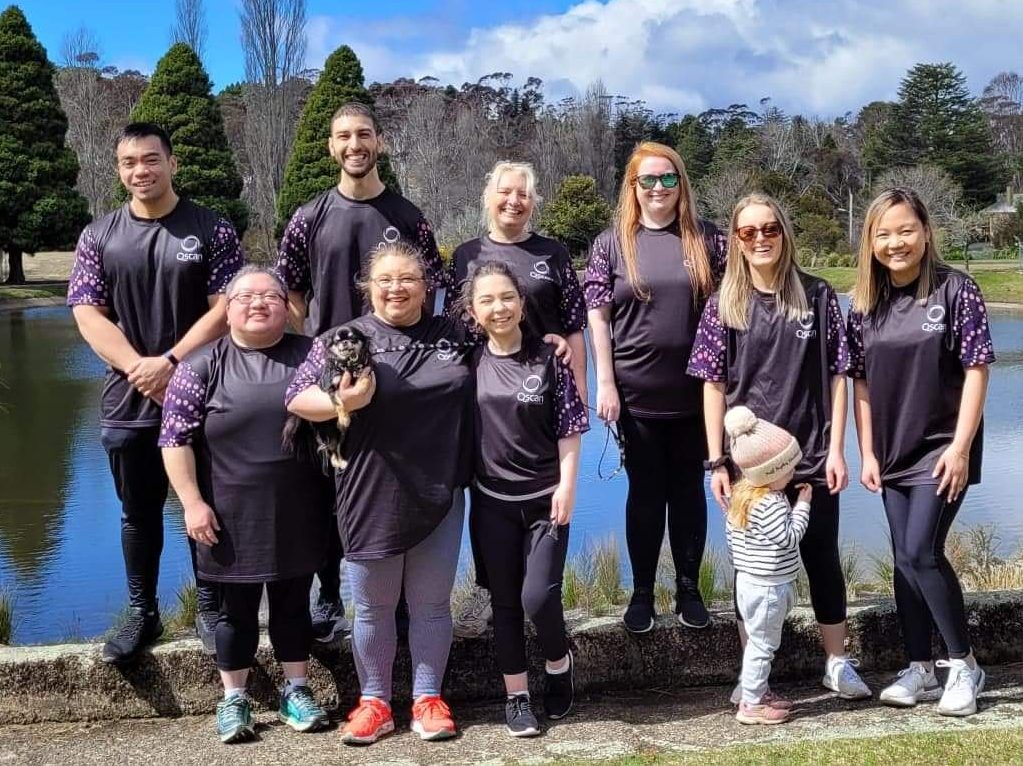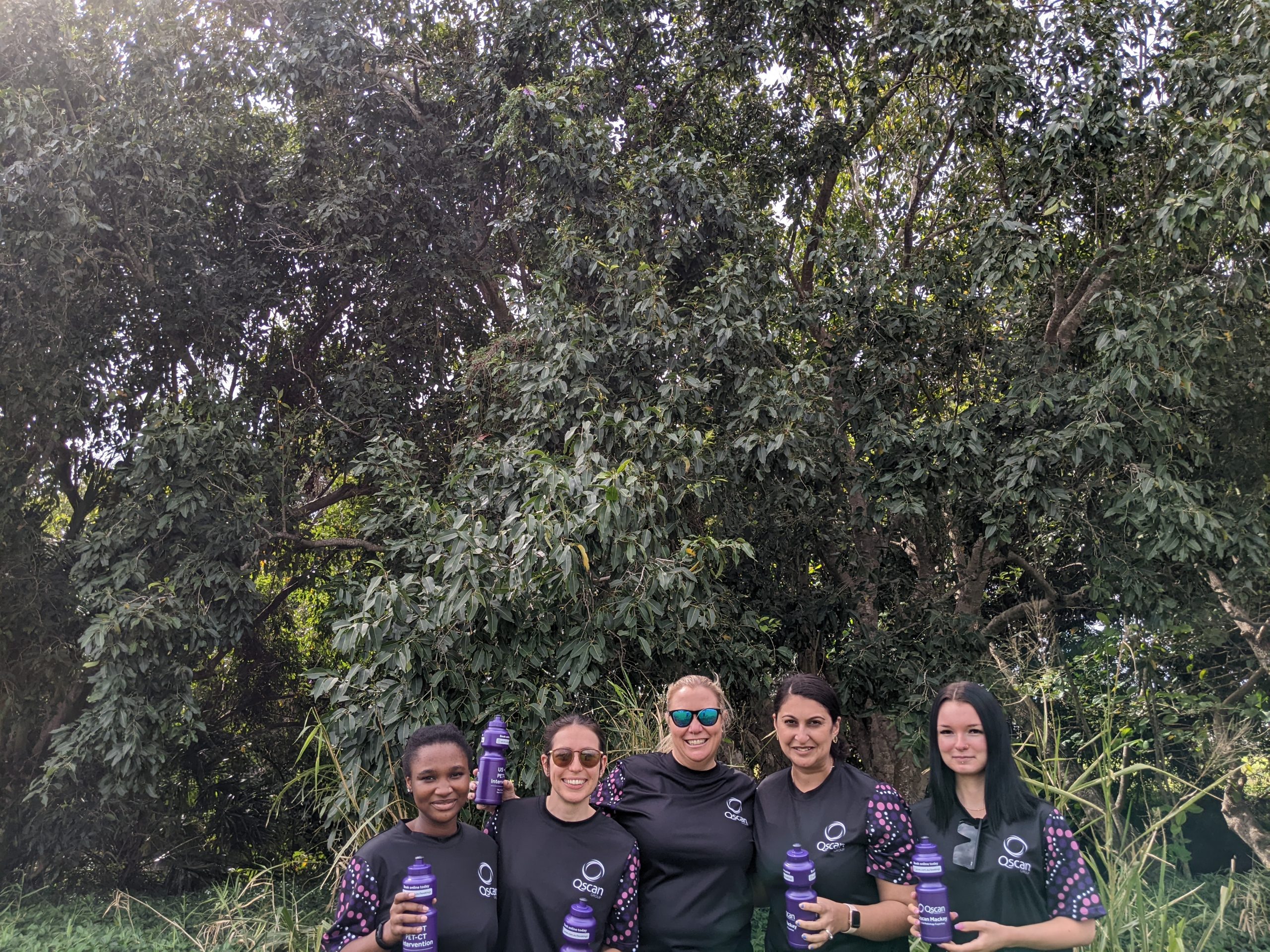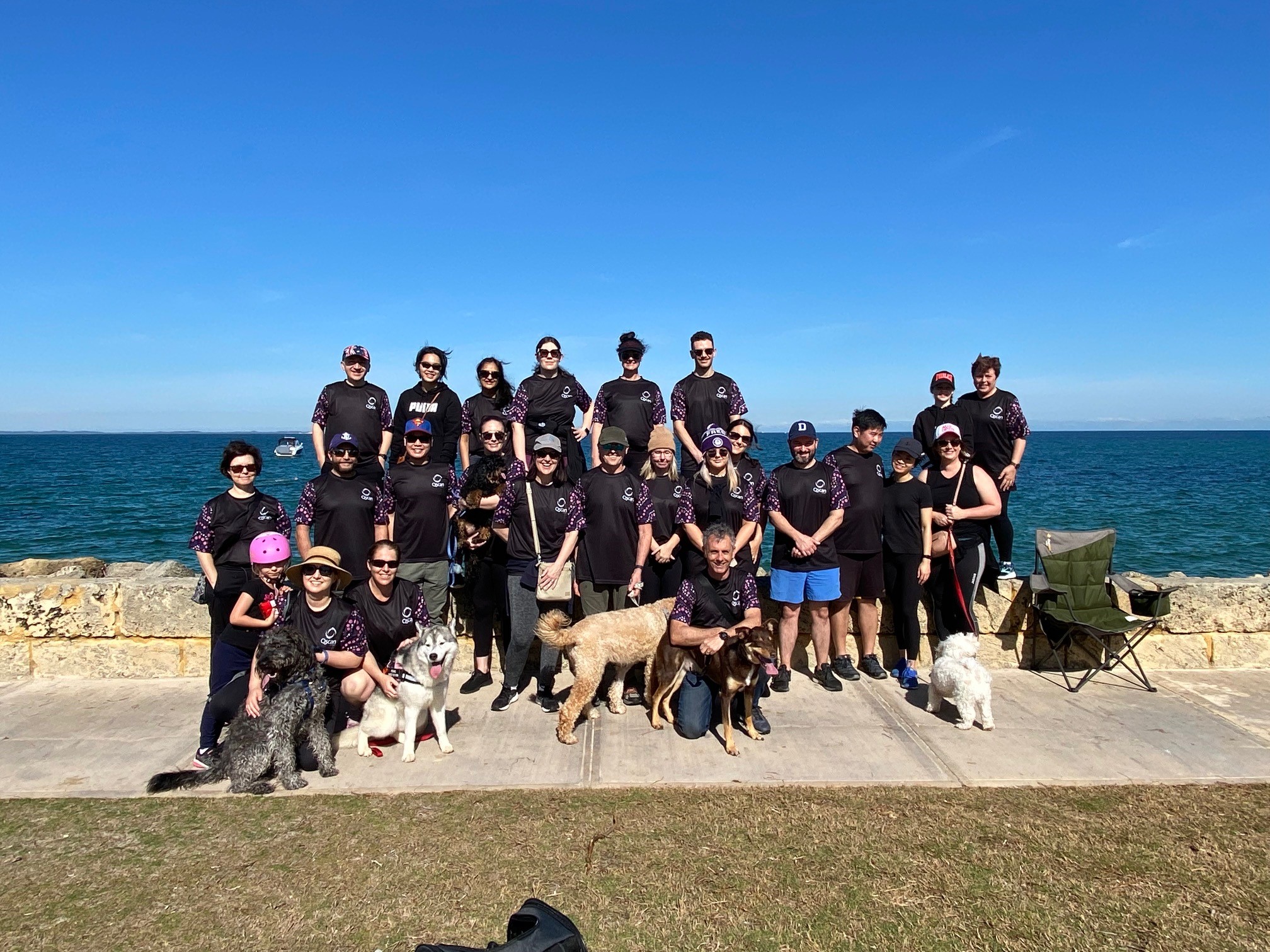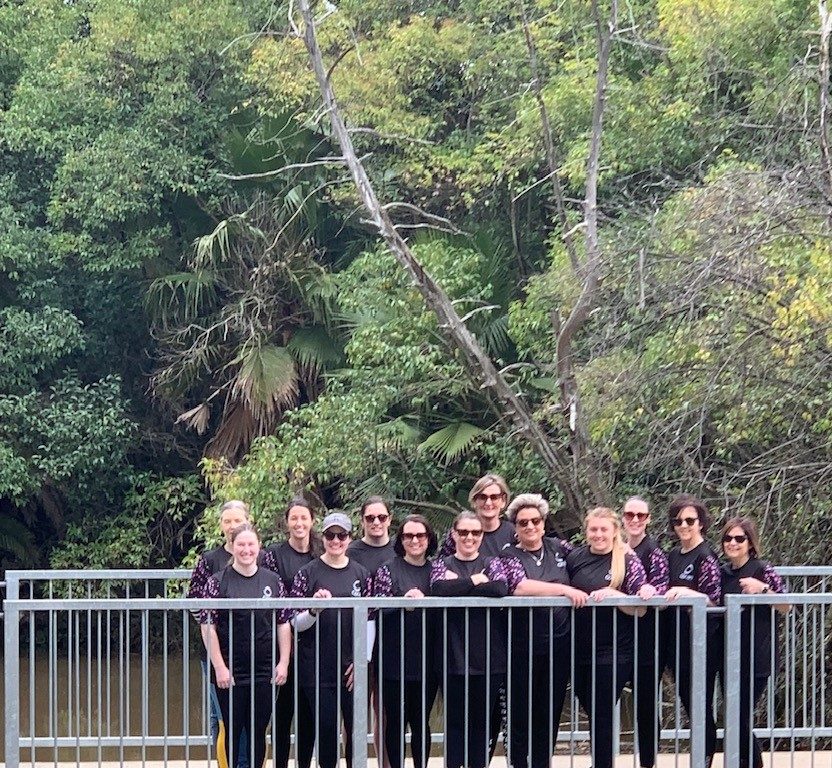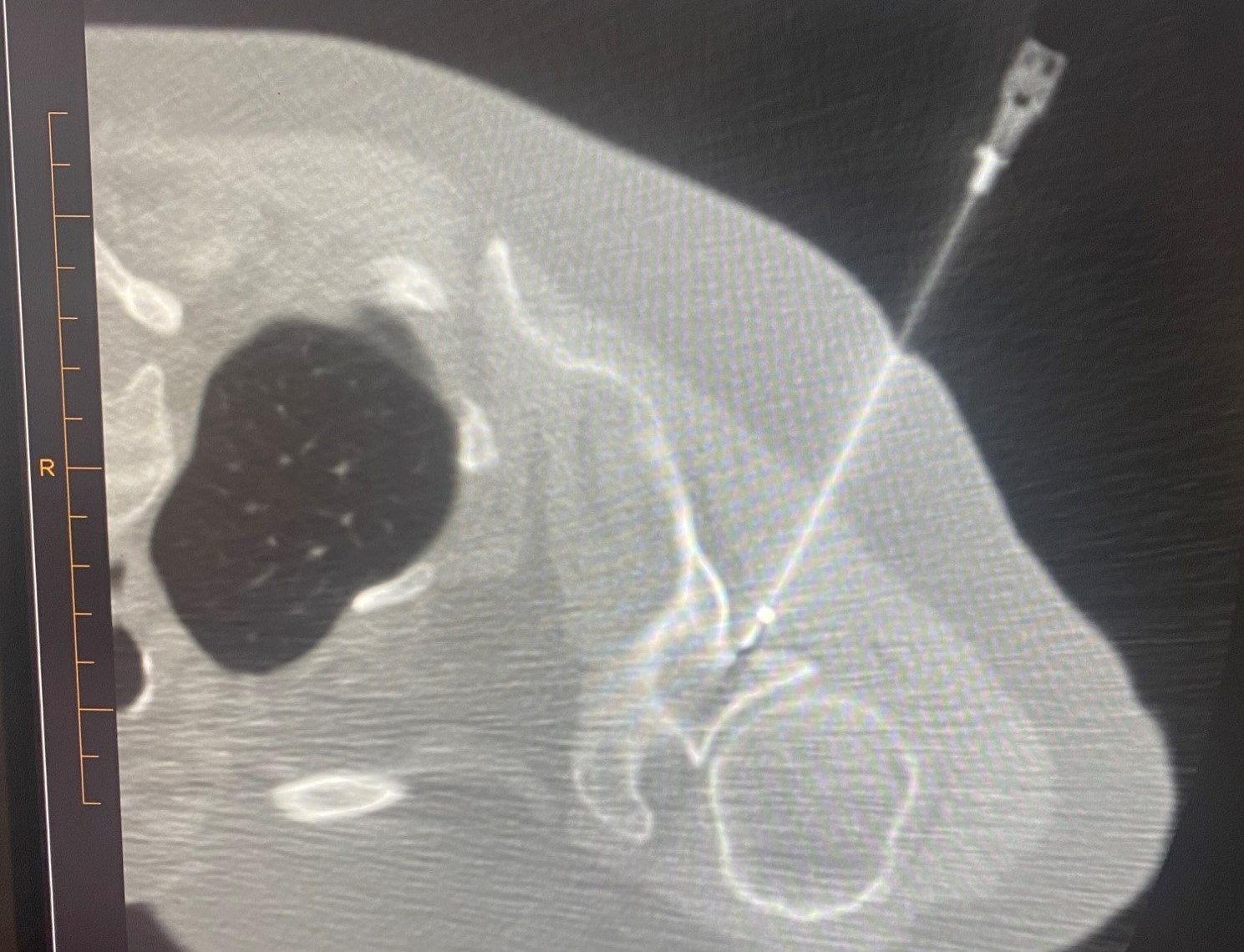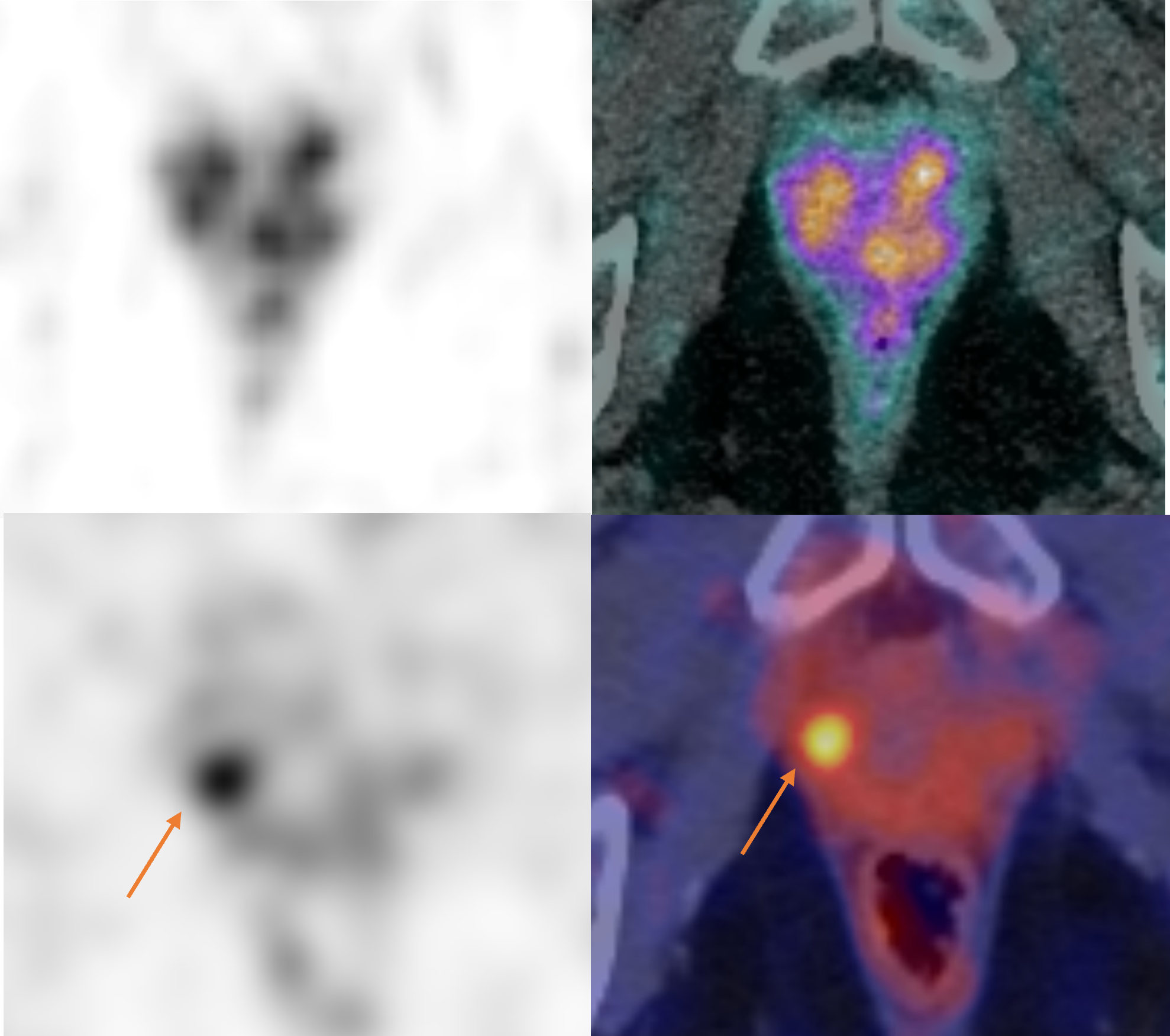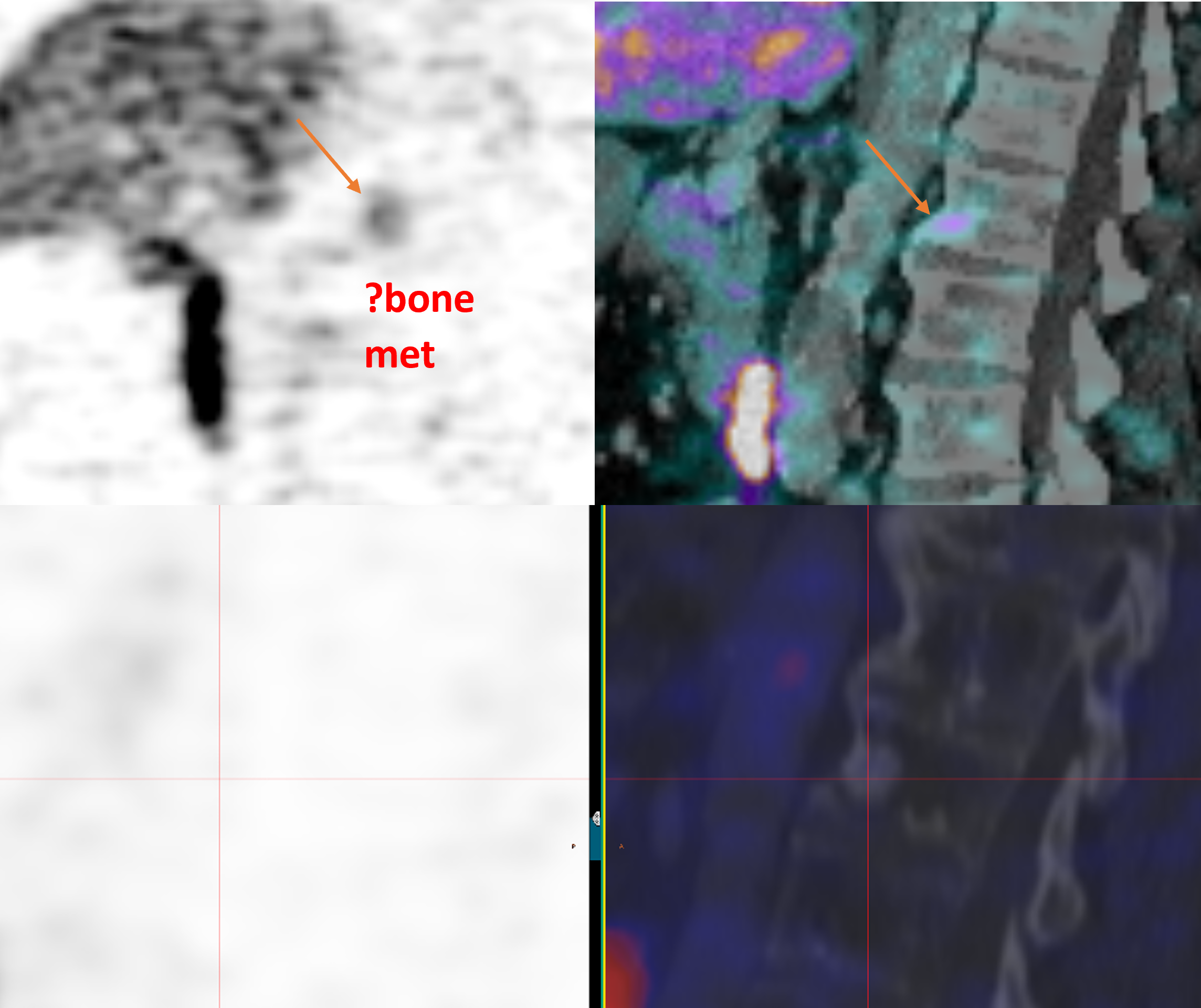Qscan Windsor will soon be home to the Philips MR7700 3T with Ambient Experience, the most advanced clinical MRI in the Southern Hemisphere.
This MRI’s features include:
- Highest quality diffusion MRI imaging for all anatomies
- Unmatched performance and precision, allowing for confident diagnoses
- Patient-centred productivity, including freedom in patient positioning
- A 70cm wide bore – the widest bore available
- An in-bore solution, which leads to a decrease in levels of anxiety
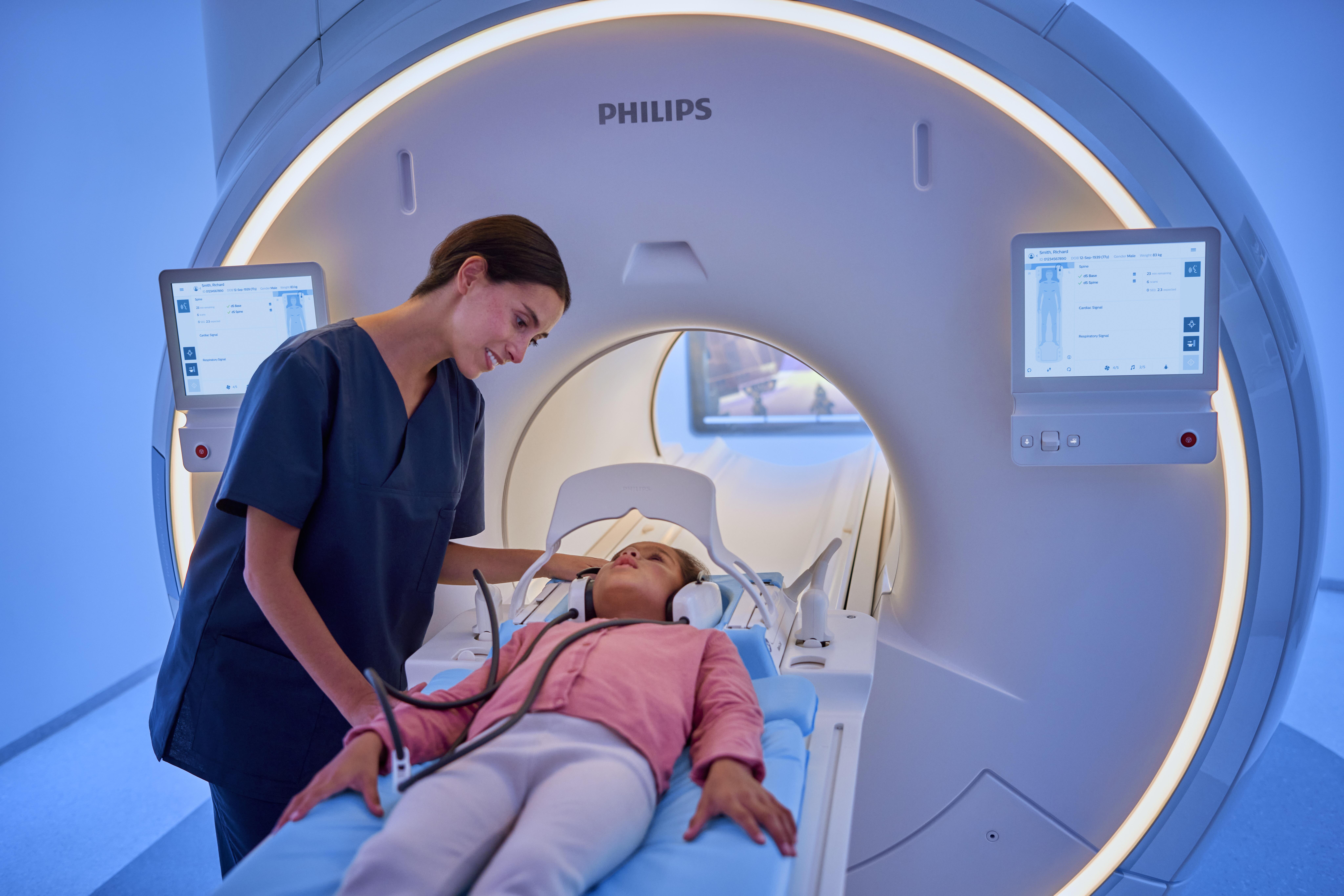
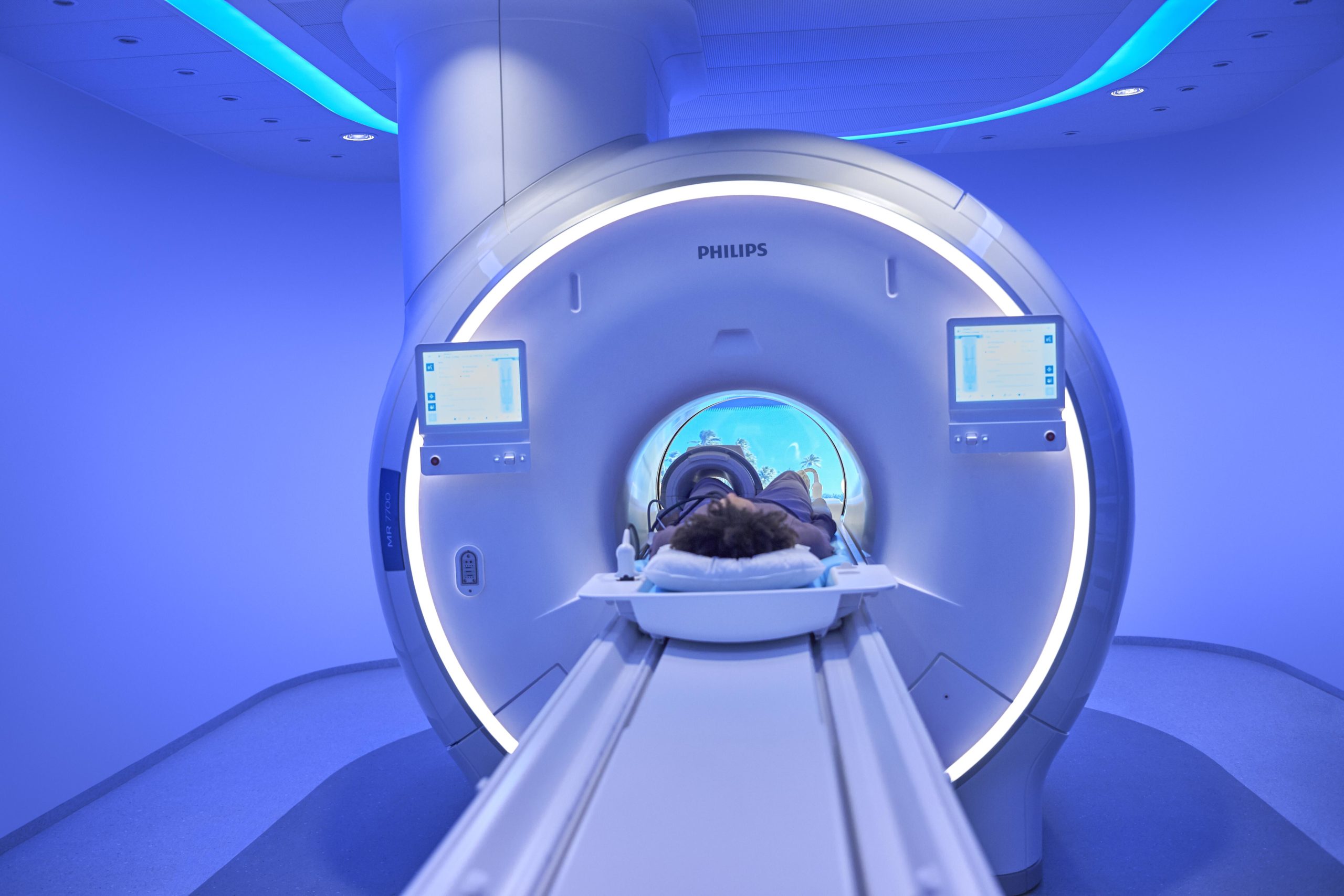
Benefits of the Ambient Experience
The Ambient Experience integrates architecture, design, and enabling technologies to maximise patient comfort. In-bore video, dynamic lighting, side wall projection, and sound provide positive distractions for patients, who are also able to personalise their environment by selecting their own room themes and audio.
The Ambient Experience in-bore Connect provides the patient with information and guidance during the scan. It is an immersive video experience, with cues for breath holds and a personalised progress bar.
A study at the Herlev Gentofte University Hospital in Denmark found the in-bore experience led to a 70% reduction in interrupted exams. Patients felt more comfortable during and were more satisfied with their exams, and 84% reported that the progress bar helped them feel calmer during the scan.
The Philips MR7700 3T with Ambient Experience is now available at Qscan Windsor, with extended opening hours for MRI scans. Click here for more information about Qscan Windsor.
References
de Ruyter, B., & Timmers, I. (2020). The cost of fear and anxiety in radiology: What you can do to reduce it [White paper]. Koninklijke Philips N.V. https://www.usa.philips.com/healthcare/ consulting/articles/white-paper/ cost-of-fear-and-anxiety-inradiology

